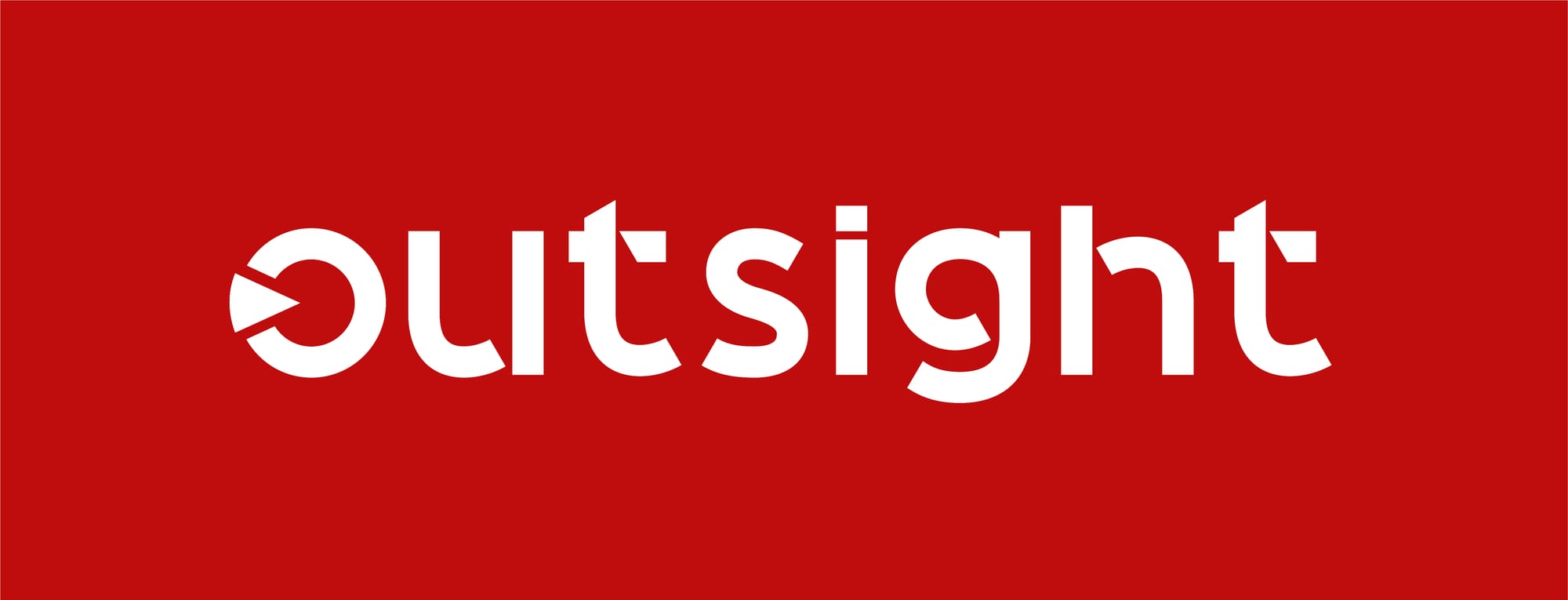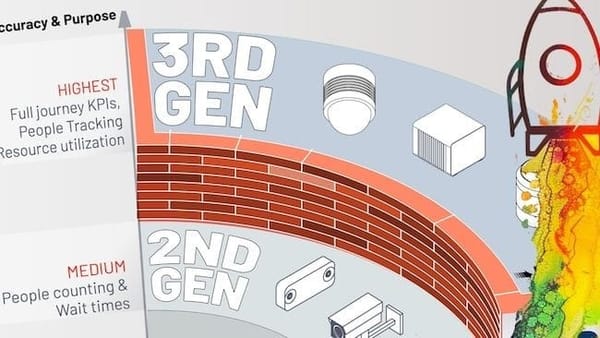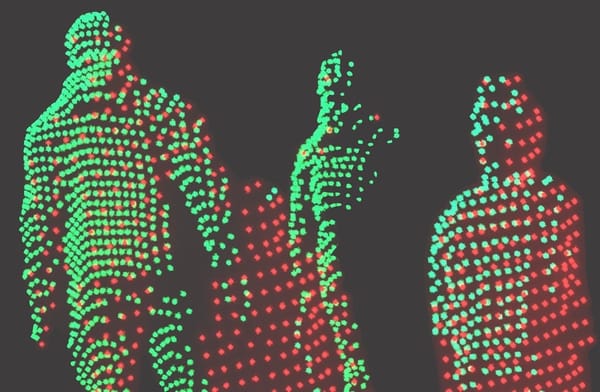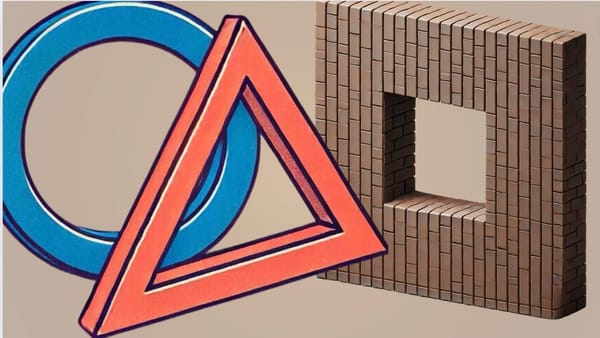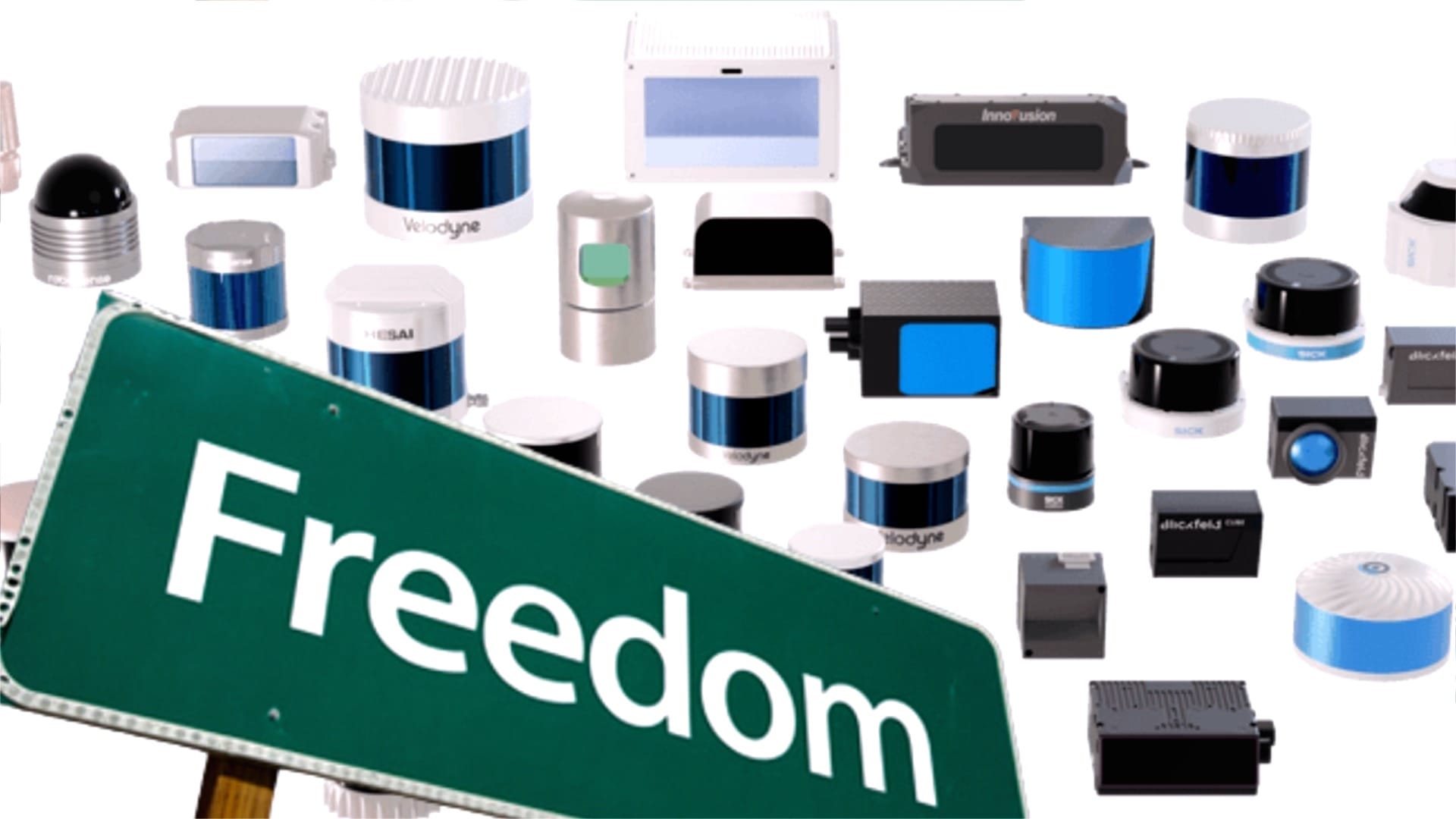
Why Do You Need LiDAR Sensor Freedom?
Choosing a LiDAR-based solution for your operations—whether in an airport, a train station, a logistics center, or a city infrastructure—means more than selecting a sensor.
Deploying a Lidar-based solution means committing to a scalable, and robust system that delivers real-world value.
One of the most strategic decisions you can make is to ensure hardware freedom: the ability to use different LiDAR sensors from different manufacturers, without being locked into a single vendor.
Here are the key reasons why LiDAR Sensor Freedom should be a non-negotiable in your decision-making process:
Supply Chain Security
Depending on a single sensor vendor exposes your project to supply disruptions, delivery delays, or geopolitical risks.
While this may sound theoretical, the reality is quite the opposite. In the relatively short history of LiDAR technology, there have already been at least five cases where manufacturers—including some of the industry’s leading brands—were unable to deliver products for several months due to manufacturing setbacks or global supply chain disruptions. These incidents highlight how real and immediate the risks can be when relying solely on a single vendor.
Maintenance Continuity - Double Source Strategy
Even if you deploy a single sensor brand initially, maintaining compatibility with other manufacturers ensures long-term system maintainability.
Scalable and Context-Aware Expansion
Whether you’re adapting an existing site or rolling out to new ones, every location presents unique challenges—new layouts, evolving use cases, or entirely different physical environments.
A sensor that works perfectly in an indoor terminal might not be suitable for an outdoor parking area or a warehouse with narrow aisles. You can learn more why in this article:
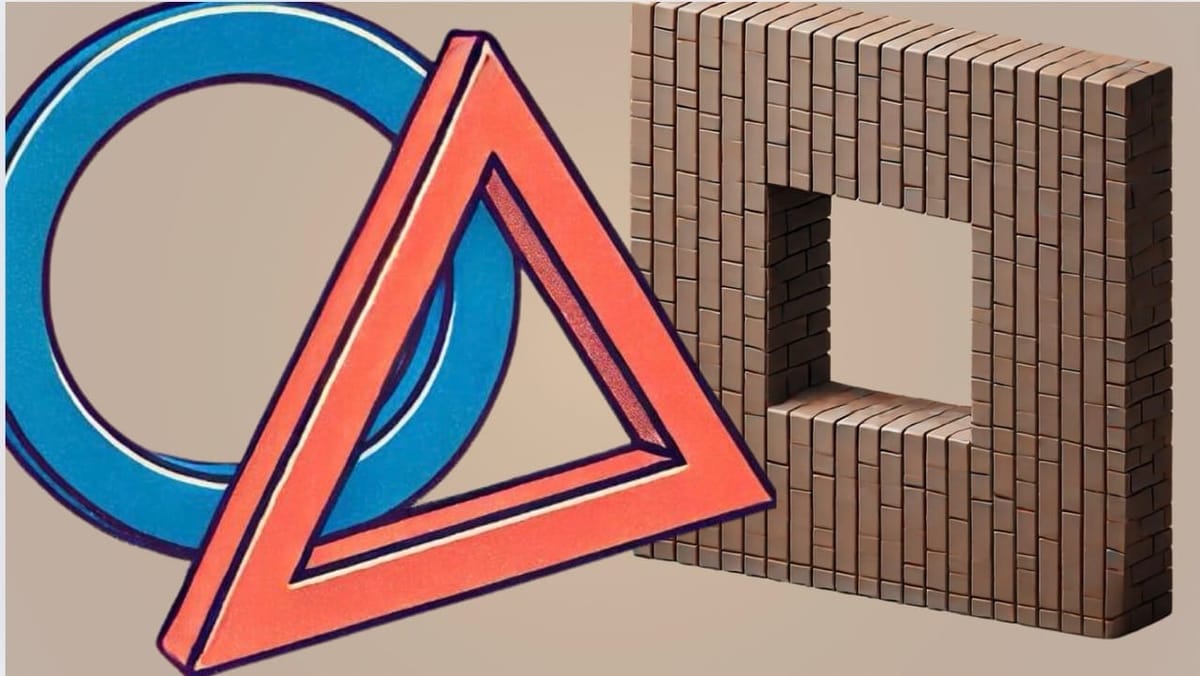
Innovation Agility (Cost & Performance)
The LiDAR ecosystem is rapidly evolving.
Newer sensors often deliver better performance at lower costs.
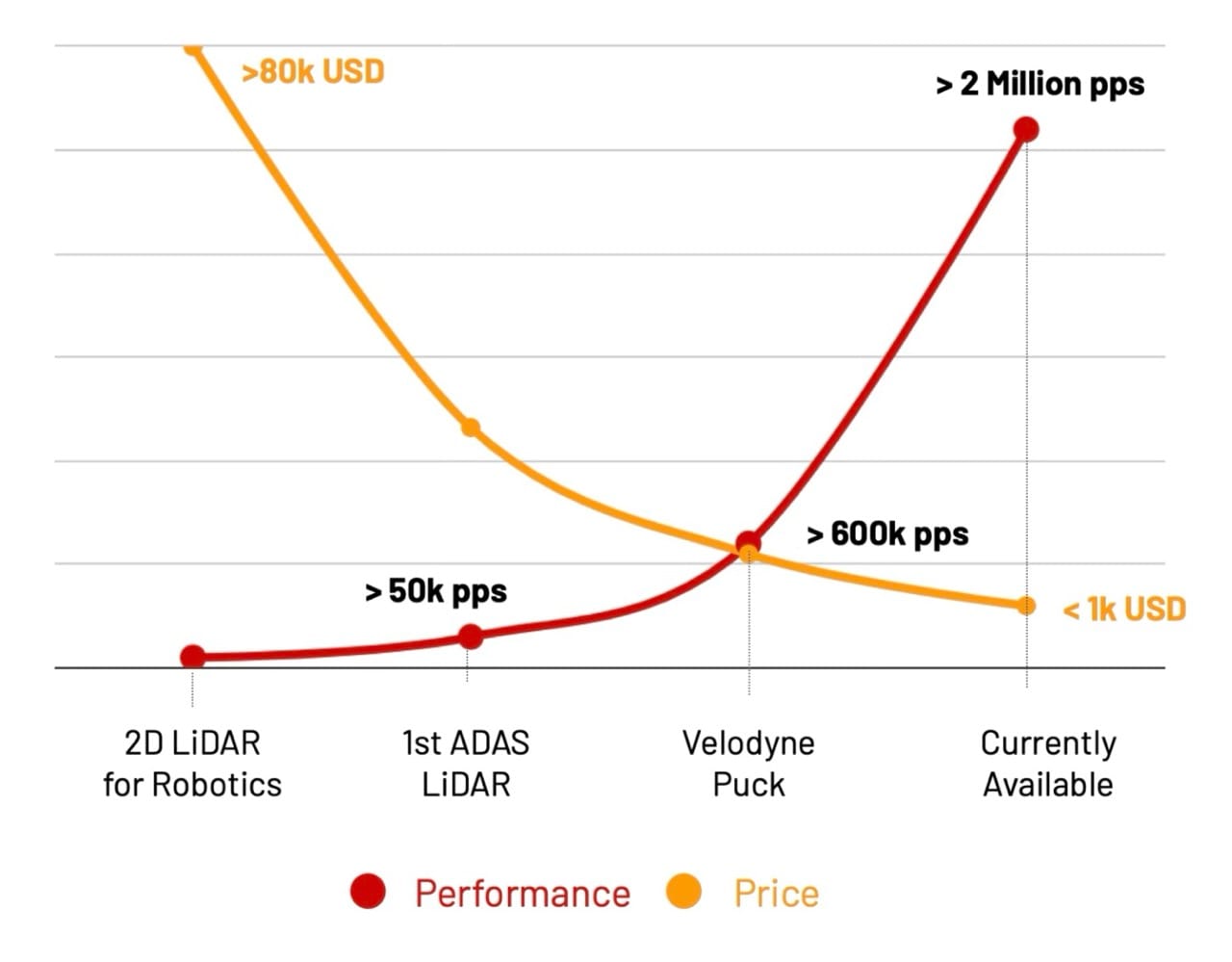
Optimal Sensor-Use Per Context
Different environments require different sensor capabilities.
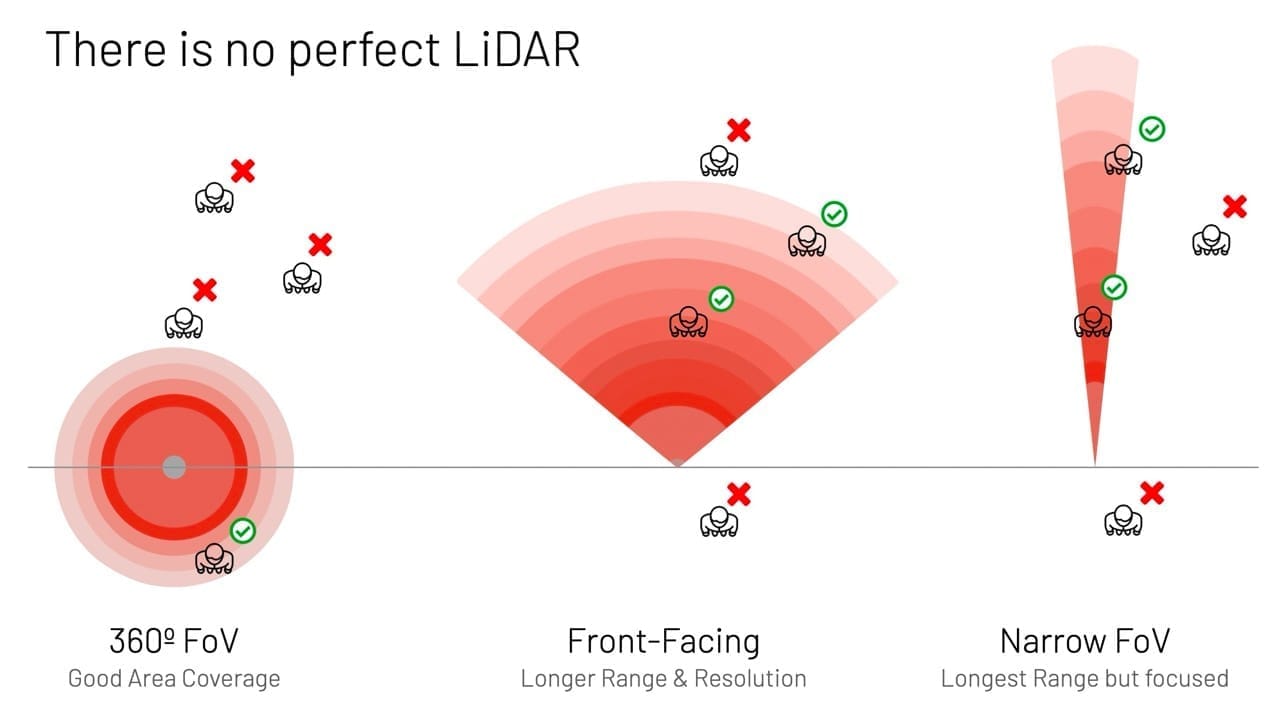
No single manufacturer excels in all use cases.
Cost Efficiency Through Vendor Flexibility
When you can choose from multiple sensor brands for the same application, you encourage faire pricing.
You can have an overview of the diversity of manufacturers in our LiDAR Manufacturers Directory:

Interoperability Across Lifecycles
LiDAR hardware evolves rapidly, and generations change frequently.
Consistency Across Diverse Stakeholders
Large infrastructure projects often involve various integrators, partners, or regional contractors.
Outsight’s Approach: Freedom Built-In
At Outsight, we believe that 3D Spatial Intelligence should be universally accessible and future-ready.
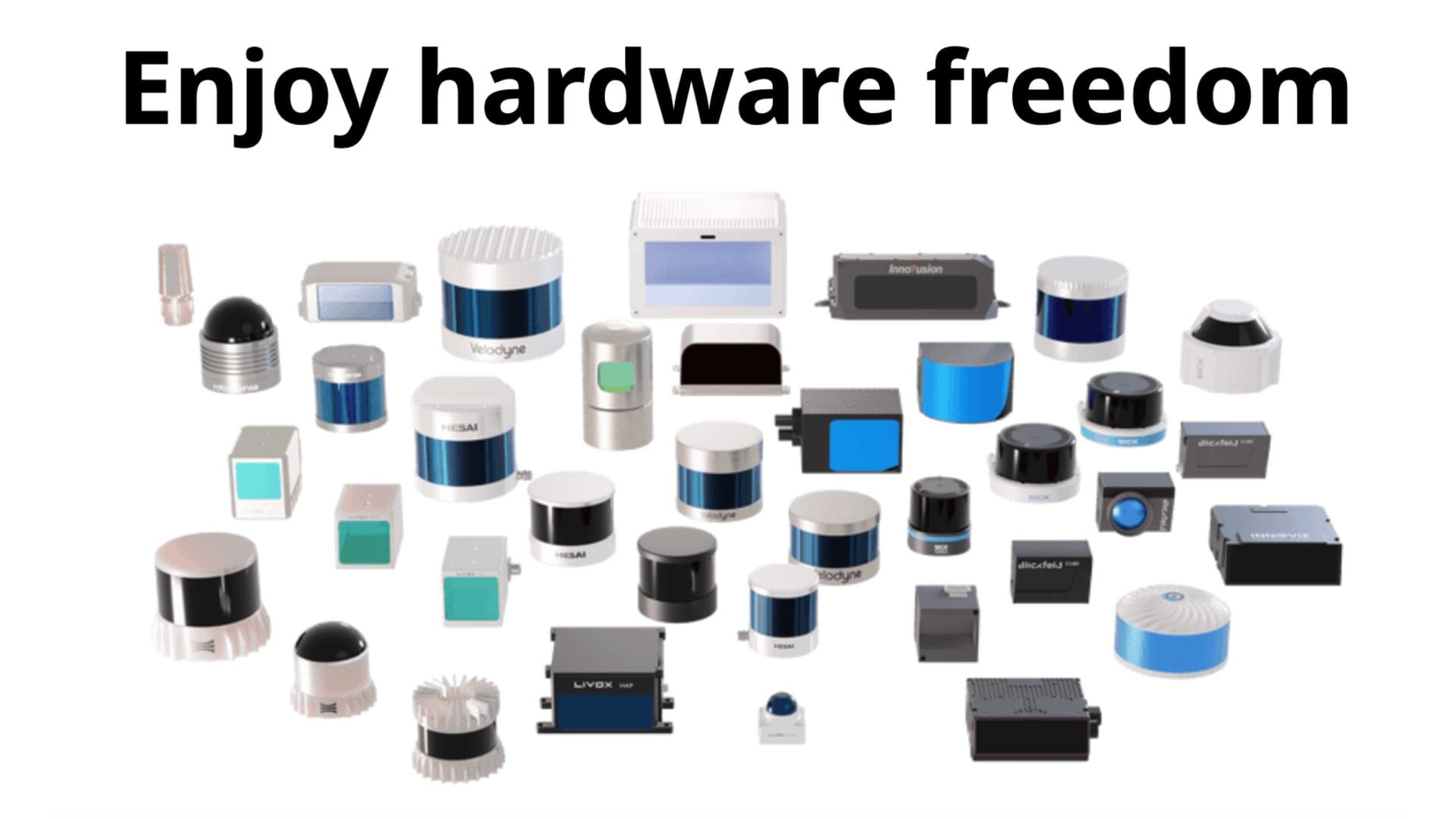
We don’t manufacture sensors. Instead, we deliver robust, real-time, hardware-agnostic LiDAR perception software that transforms raw 3D data into actionable insights for people flow monitoring, vehicle tracking, and more.
Choosing Outsight means choosing freedom, flexibility, and future-proof technology.
